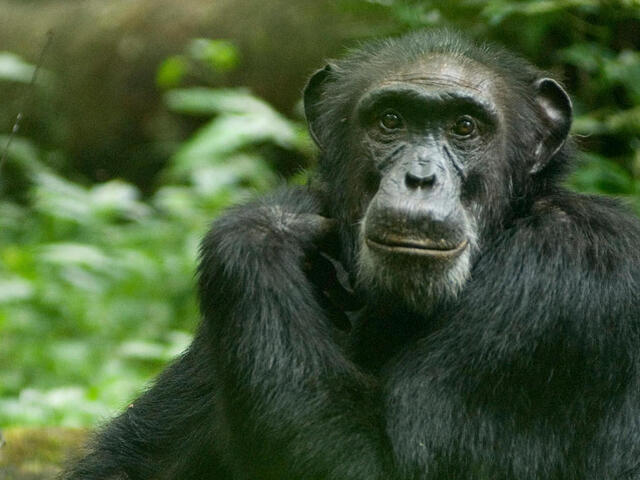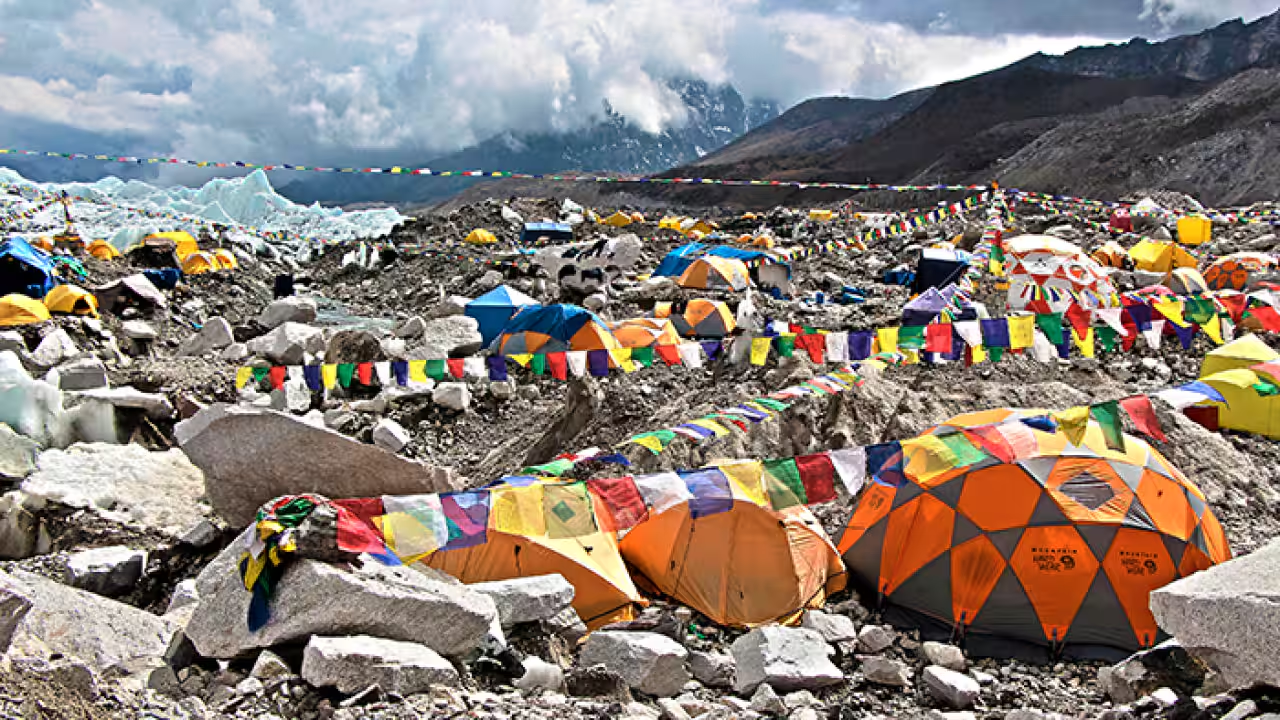Mount Everest's Frozen Tragedy: Bodies Left Behind in the Death Zone
Mount Everest, towering at a staggering 29,032 feet (8,849 meters), is the world’s highest peak and an enduring symbol of human ambition. Yet, nestled within its icy slopes are chilling reminders of the ultimate cost of that ambition. Over 340 climbers have perished on Everest, and around 200 of their bodies remain on the mountain, forever frozen in time.
The Death Zone: A Fatal Threshold
Above 8,000 meters (26,247 feet), climbers enter Everest’s infamous "death zone." Here, oxygen levels are critically low, temperatures can plummet below -40°C, and the human body begins to break down. Hypoxia, frostbite, and acute mountain sickness are common, and swift, strategic movement is essential. The terrain is treacherous, and the weather can change without warning. Even the most prepared climbers find themselves vulnerable in this hostile environment.
Why the Bodies Remain
Recovering bodies from Everest is perilous, costly, and logistically overwhelming. Frozen corpses can weigh more than 300 pounds, and rescue teams face significant risks. Helicopter rescues are limited by thin air; most cannot operate effectively above Camp 2 (21,000 feet). Attempts at body recovery have sometimes led to more fatalities. As a result, many who die on Everest are left where they fall.

Rainbow Valley: A Graveyard in the Sky
On the mountain’s northeast ridge lies Rainbow Valley, a section littered with the bright jackets of fallen climbers. It is not a place of natural beauty but a solemn passage marked by tragedy. The vivid colors give the area its name, contrasting starkly with the grim reality of its purpose.
Faces and Stories Behind the Statistics
Green Boots
Arguably the most recognized of Everest’s fallen is "Green Boots," believed to be Tsewang Paljor of India. Lost during a blizzard in 1996, his body served as a marker on the Northeast ridge until it was moved in 2014. His fate highlights the harsh conditions and critical decisions climbers must make.
Sleeping Beauty - Francys Arsentiev
Francys Arsentiev aimed to summit Everest without supplemental oxygen in 1998. Although she reached the top, her descent proved fatal. Weakened by altitude sickness and exposure, she died just 800 feet below the summit. Her husband, Sergei, perished trying to rescue her. Francys earned the haunting nickname "Sleeping Beauty" due to her serene, frozen appearance.
George Mallory & Sandy Irvine
In 1924, British climbers George Mallory and Andrew Irvine disappeared during an attempt to summit Everest. Mallory’s body was discovered in 1999, riddled with injuries suggesting a fatal fall. Irvine’s remains were partially found in 2024, reigniting debate over whether they may have summited before their deaths.
Scott Fischer
American climber Scott Fischer died during the catastrophic 1996 Everest disaster. Suffering from high-altitude cerebral edema, Fischer succumbed near the South Summit as a violent storm engulfed the mountain. His death remains one of the most documented and mourned in Everest’s history.
David Sharp
British climber David Sharp died alone in 2006 in the same cave where Green Boots lay. Lacking adequate support and oxygen, he was mistaken for a corpse by over 40 climbers who passed him. His death sparked ethical debates about the responsibilities climbers have to help others in distress.
Hannelore Schmatz
German mountaineer Hannelore Schmatz became the first woman to die on Everest in 1979. Exhausted after reaching the summit, she perished during her descent. Her body remained seated, with eyes open and hair blowing in the wind, serving as a harrowing landmark for years.
Rob Hall
A veteran climber and founder of Adventure Consultants, Rob Hall died during the 1996 disaster while refusing to leave behind his ailing client Doug Hansen. His final words to his wife, transmitted via satellite phone, are etched into Everest's tragic legacy.
Shriya Shah-Klorfine
In 2012, Canadian climber Shriya Shah-Klorfine died during her descent after summiting Everest. Inexperienced and slow, she ran out of supplemental oxygen. Her story highlights the risks of underestimating Everest and overestimating personal capability.

A Cautionary Tale for Climbers
Everest remains a coveted prize, but it is one that demands respect. The term "summit fever" describes the dangerous obsession with reaching the top at any cost. The mountain’s growing commercialization has led to overcrowding and insufficient scrutiny of climbers' readiness. These factors often contribute to preventable deaths. The mountain does not discriminate. Whether a seasoned mountaineer or a determined novice, Everest holds everyone to the same unforgiving standard. The frozen bodies scattered across its slopes are not just markers of loss but stark reminders of nature's indomitable power. May those who rest upon its icy flanks be remembered, not just for how they died, but for their courage, dreams, and the mountains they dared to climb.